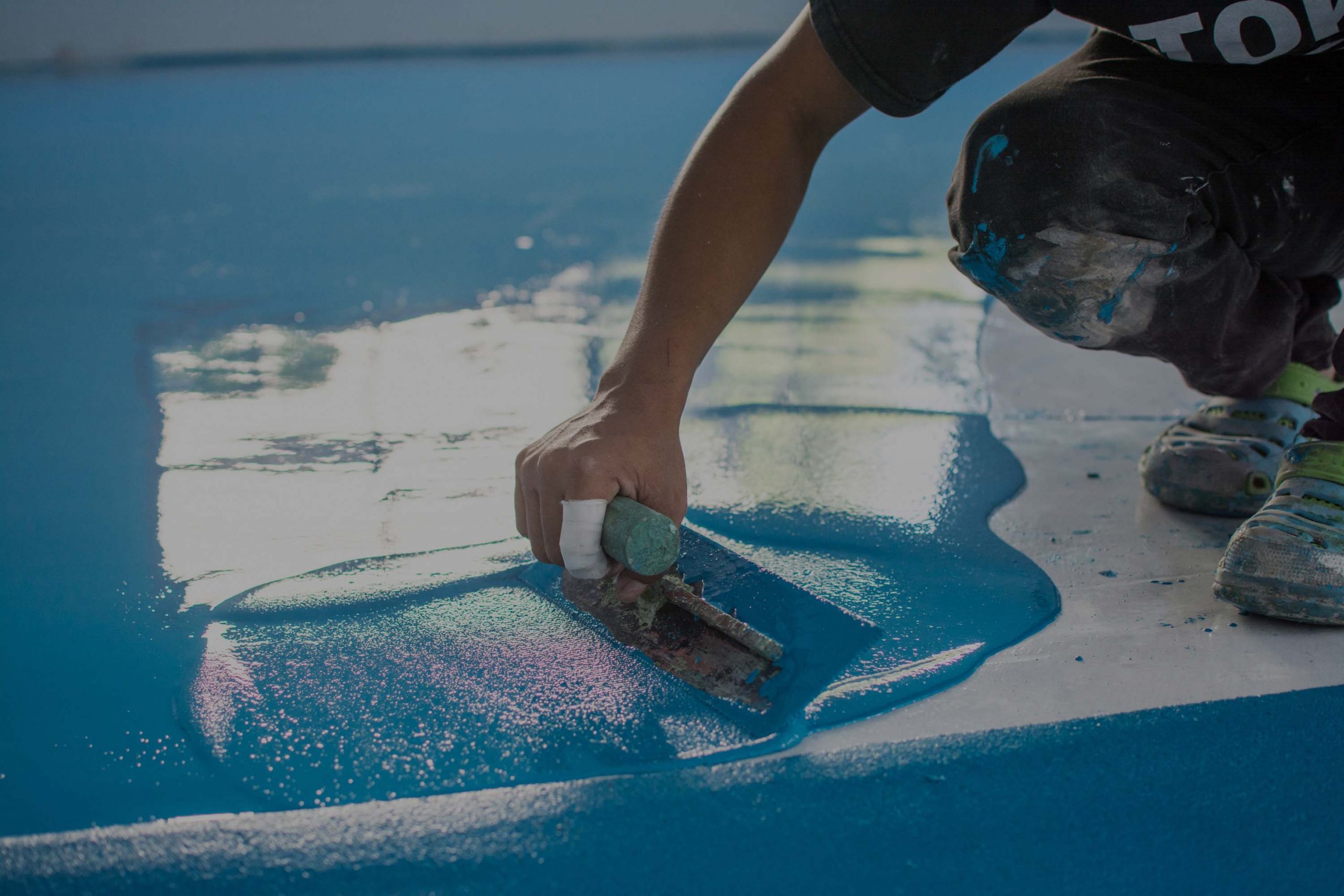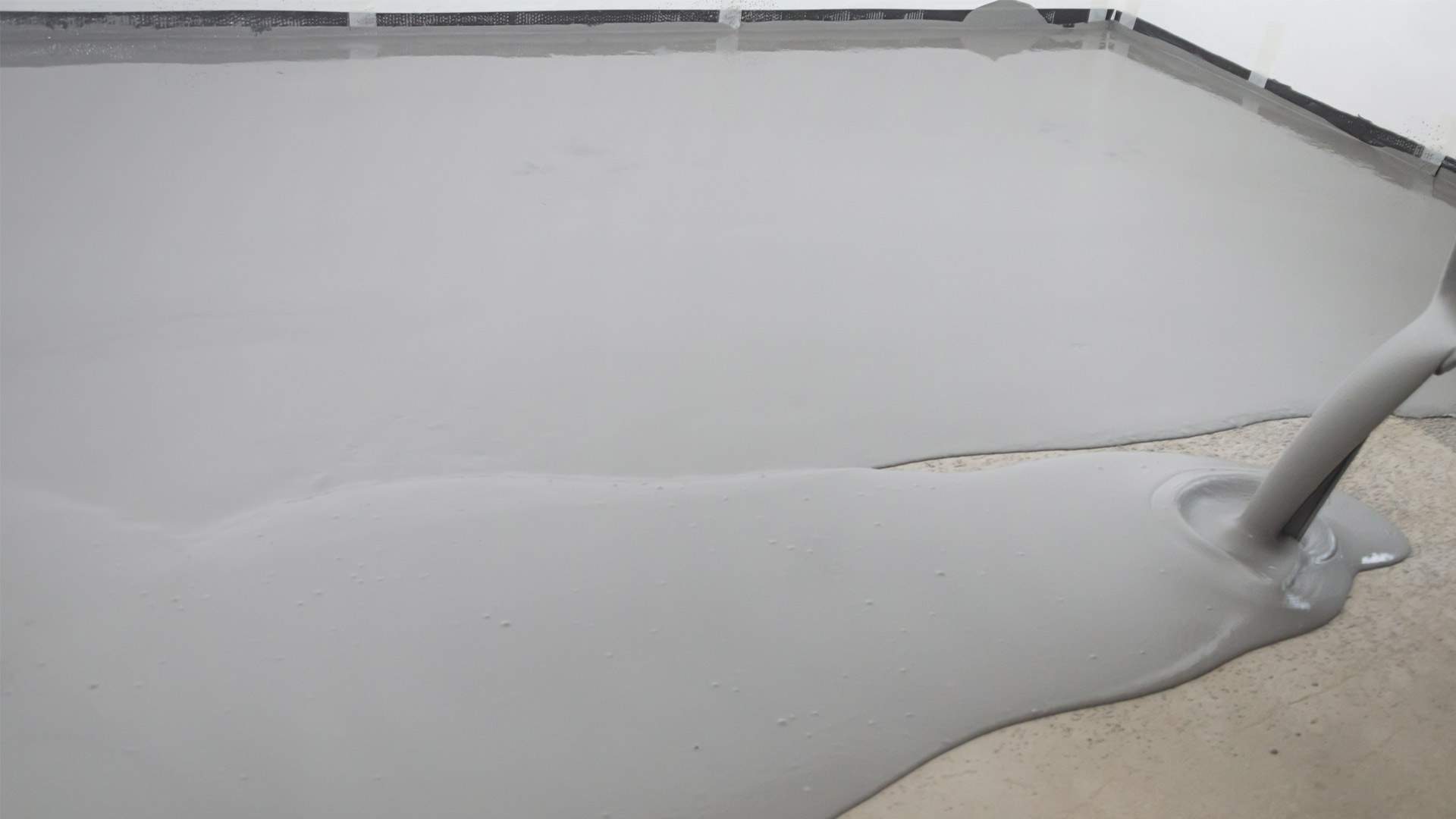Three Common Mistakes when doing Epoxy Flooring
Epoxy flooring is a popular choice for both residential and commercial spaces due to its durability, resistance to staining and damage, and low maintenance requirements. However, like any DIY project, there are a few common mistakes that can be made when installing epoxy flooring. Here are three common mistakes to avoid when doing epoxy flooring:
- Not properly preparing the surface
One of the most common mistakes people make when installing epoxy flooring is not properly preparing the surface. Epoxy requires a clean, profiled, and level surface in order to adhere properly. If the surface is not properly prepared, the epoxy may not bond correctly and could peel or crack over time. -
Not mixing the epoxy correctly
Another common mistake when installing epoxy flooring is not mixing the epoxy correctly. Epoxy flooring consists of two components: a resin and a hardener. These components must be mixed together in the correct proportions in order for the epoxy to cure properly.To mix the epoxy correctly, it is important to follow the manufacturer's instructions carefully. The resin and hardener should be mixed together in a clean container using a slow-speed drill and a mixing paddle. It is important to mix the epoxy thoroughly to ensure that it is fully cured and adheres properly to the surface.
-
Applying the epoxy too thick
A third common mistake when installing epoxy flooring is applying the epoxy too thick. It is important to follow the manufacturer's recommended thickness when applying the epoxy. If the epoxy is applied too thick, it may not cure properly and could result in a poor-quality finish.To ensure that the epoxy is applied correctly, it is important to use a roller or brush to apply the epoxy in thin, even coats. Multiple thin coats are generally better than a single thick coat, as this allows the epoxy to cure evenly and creates a stronger bond.
In conclusion, epoxy flooring is a durable and low-maintenance choice for both residential and commercial spaces. However, it is important to avoid common mistakes such as not properly preparing the surface, not mixing the epoxy correctly, and applying the epoxy too thick. By following the manufacturer's instructions and taking the time to prepare the surface and apply the epoxy correctly, you can achieve a professional-quality finish that will last for many years.





